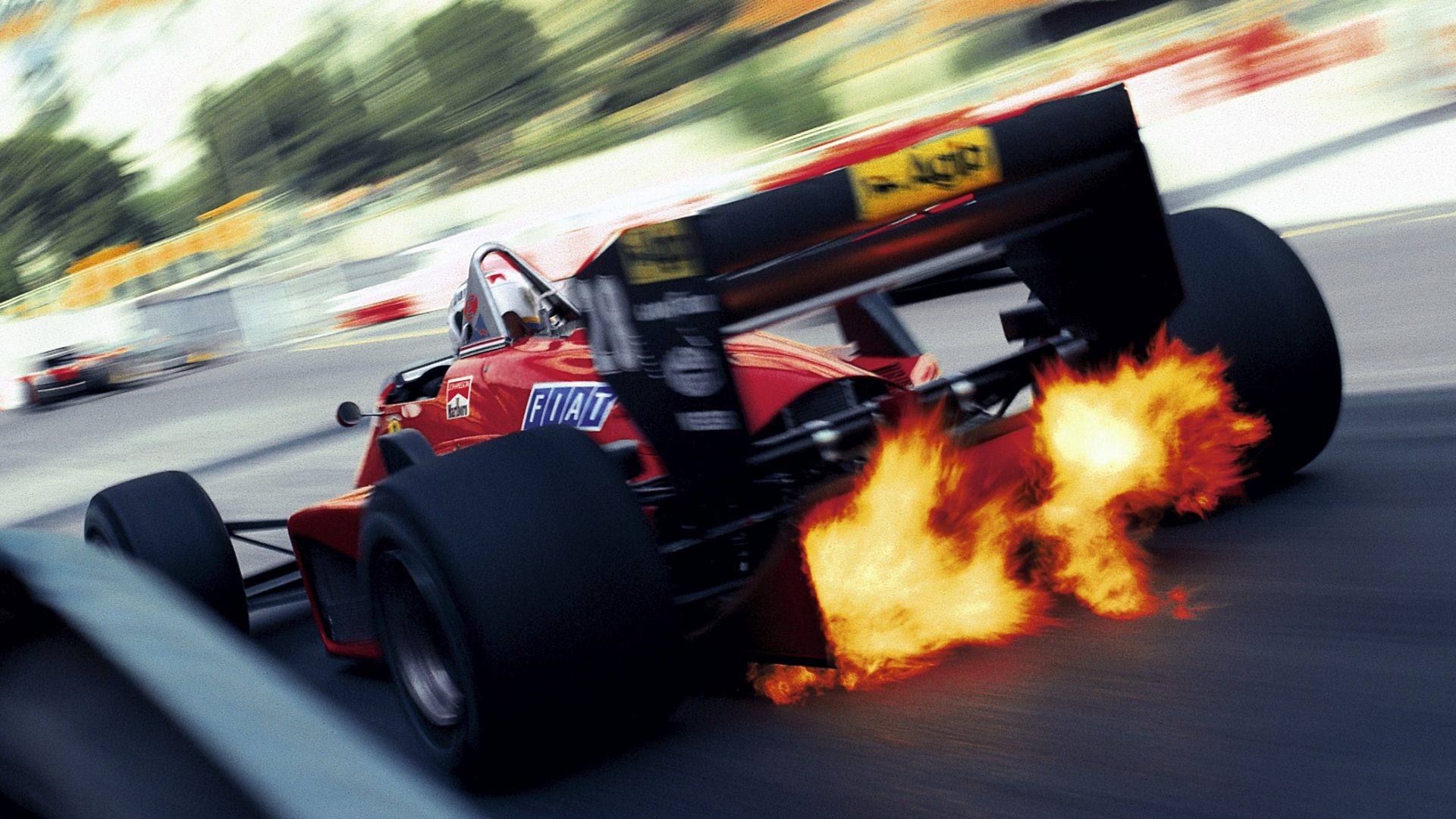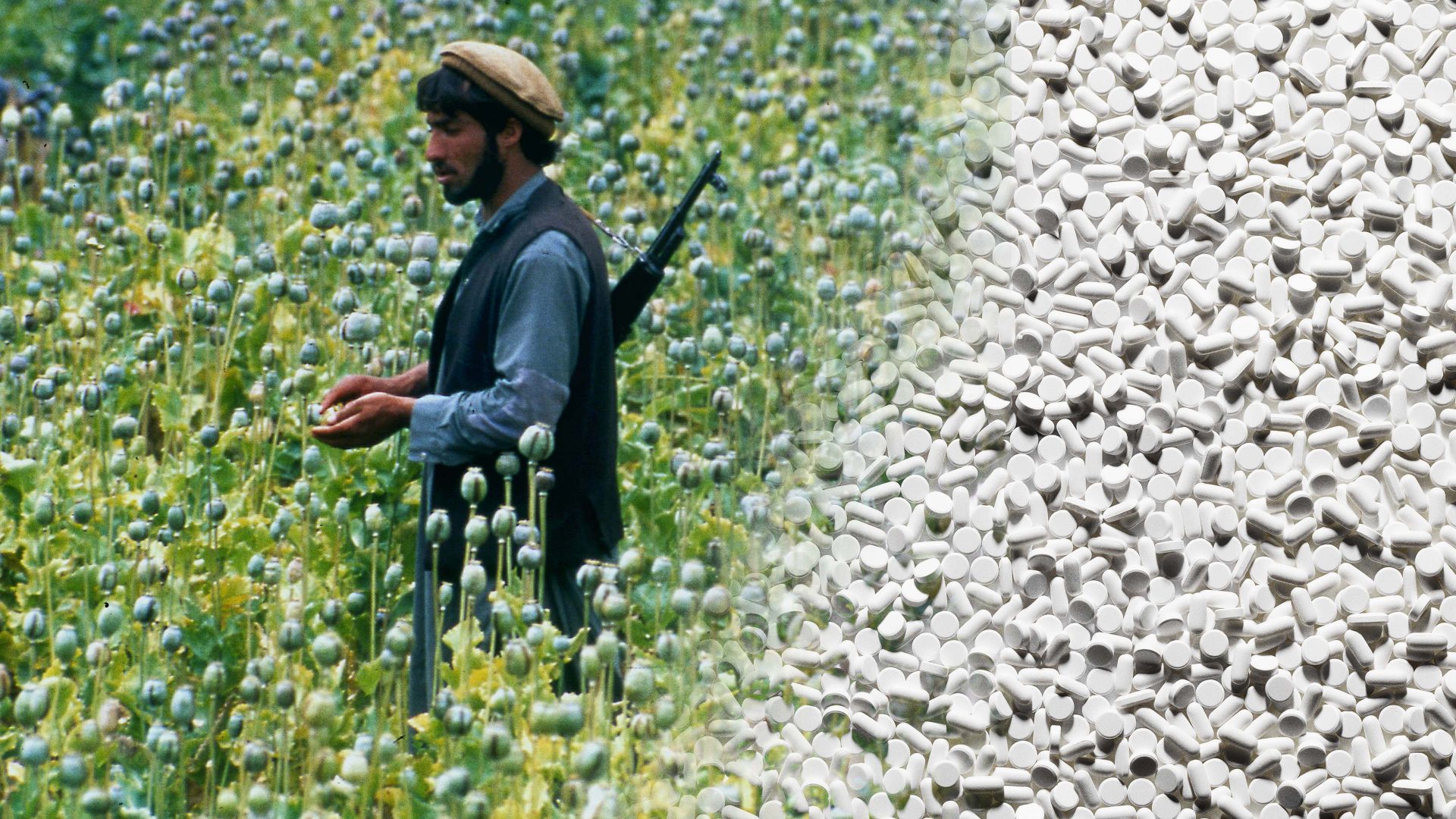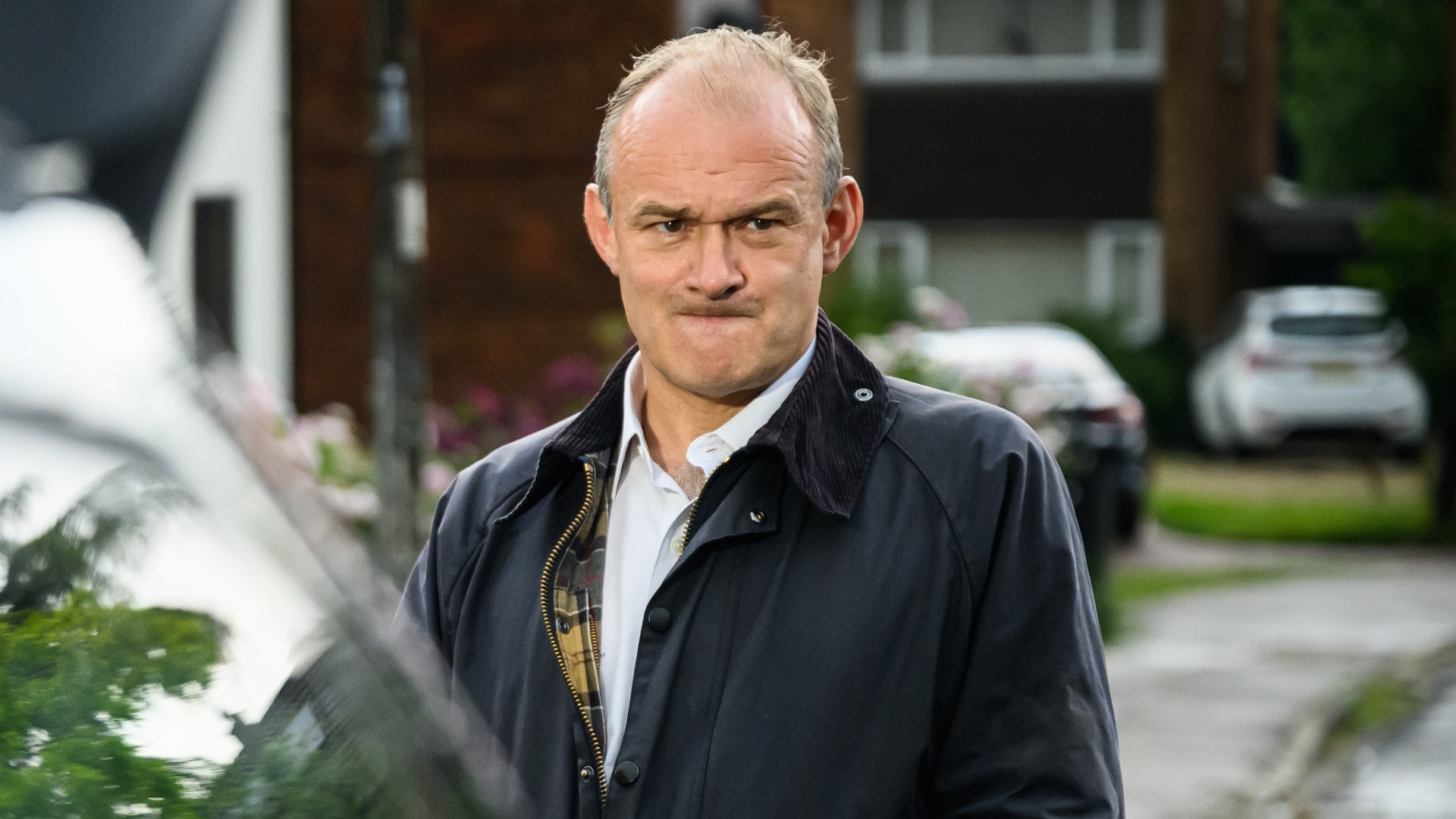“I want to build a car that’s faster than all of them, and then I want to die,” said Enzo Ferrari in 1958. By the time the man they called Il Commendatore (The Commander) took life’s chequered flag in 1988 at the age of 90, he had achieved the first part of his wish several times over.
The team Enzo built has won the Formula 1 constructors’ championship a record 16 times. It has provided the season’s winning driver on 15 occasions, also unequalled. But, despite a spirited showing in last weekend’s home Grand Prix at Monza, Ferrari has been in the doldrums for years. It has not claimed a drivers’ championship since Michael Schumacher’s in 2004 and last won the constructors’ title in 2008.
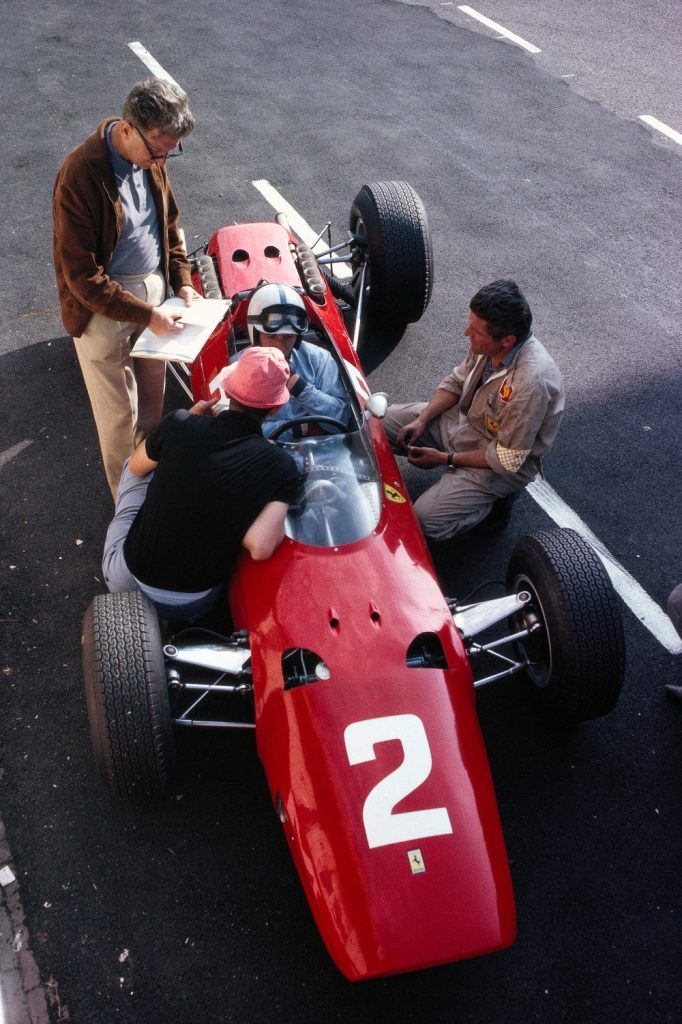
In some ways, this seems not to matter. With its twin divisions – racing cars and luxury cars – its prancing horse and its rosso corsa (racing red), the marque seems eternal. Ferrari, a glittering new biopic directed by Michael Mann and starring Adam Driver as Enzo, has just premiered at the Venice Film Festival. As Enzo’s son Piero says in his foreword to Ferrari from Inside and Outside, a new book of photographs of the F1 team: “The mission of Ferrari is to produce beautiful cars and to be on the racing track. It has always been so, and I hope it will continue like that forever.”
The book showcases the photography of Rainer Schlegelmilch and Ercole Colombo, who followed Ferrari through the sport’s twisting chicanes, starting in the 1960s, over a combined 1300-plus Grands Prix. Colombo, with a childhood connection to the team – as a 16-year-old in 1961, he volunteered as a marshal at the Monza Grand Prix in which Ferrari’s Wolfgang Von Trips was killed – is strong on the personalities; there are wonderful photographs here of Niki Lauda, Gilles Villeneuve, Michael Schumacher, all hurtling towards their fates.
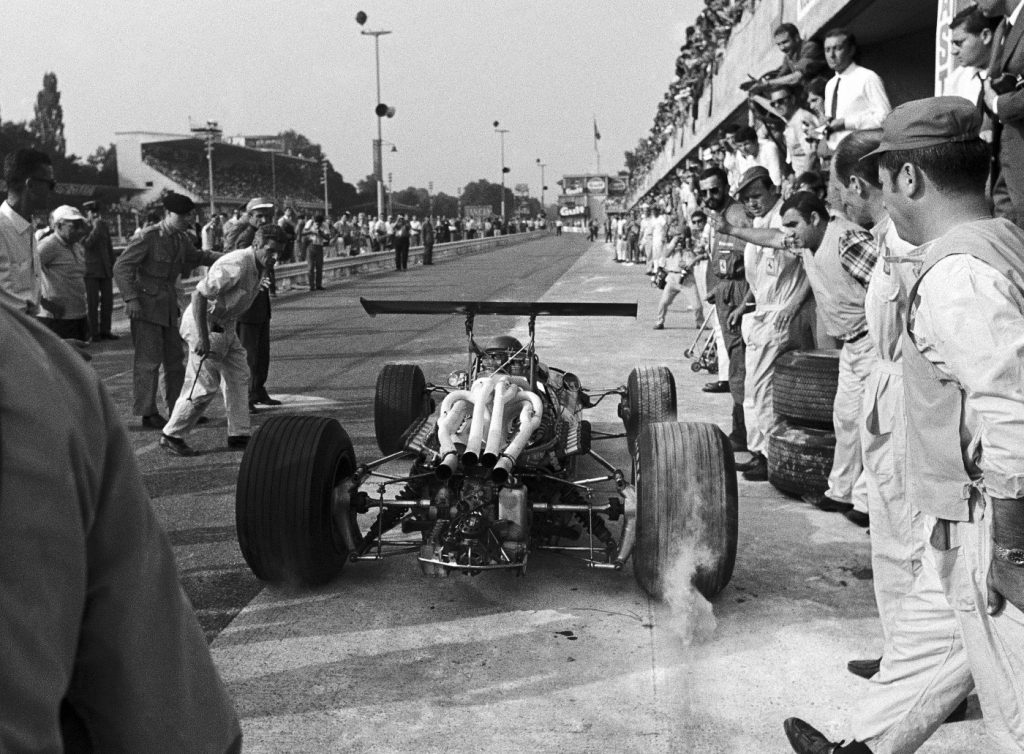
Schlegelmilch, meanwhile, is a hugely influential figure in motorsport photography – the pioneer of what he calls “the ‘freezing speed’ technique, which is all about the blur of colour and movement using a zoom lens to put the feeling of speed into the image. I paint with the colours of a racing car when it’s moving in front of me at 150 miles per hour.”
But Ferrari currently seems frozen in time too. As an era of Lewis Hamilton/Mercedes dominance has been replaced by a Max Verstappen/Red Bull stranglehold, frustration has turned to anger among the tifosi (fans). Italian newspapers lambasted Ferrari after the Dutch Grand Prix which preceded Monza, with La Gazzetta dello Sport calling it “shameful”, and La Stampa’s headline reading “Ferrari at rock bottom.”
Things improved in Italy, where Carlos Sainz qualified in pole position and then secured his first podium finish of the season. Yet team principal Frédéric Vasseur, hired this year from Alfa Romeo to restore the racing red’s lustre, insisted this should not be seen as a success. He still intends to go back to the drawing board with next season’s car – an exciting prospect, but in a sport of incremental change, one that signals a shot in the dark is the best shot Ferrari has left.
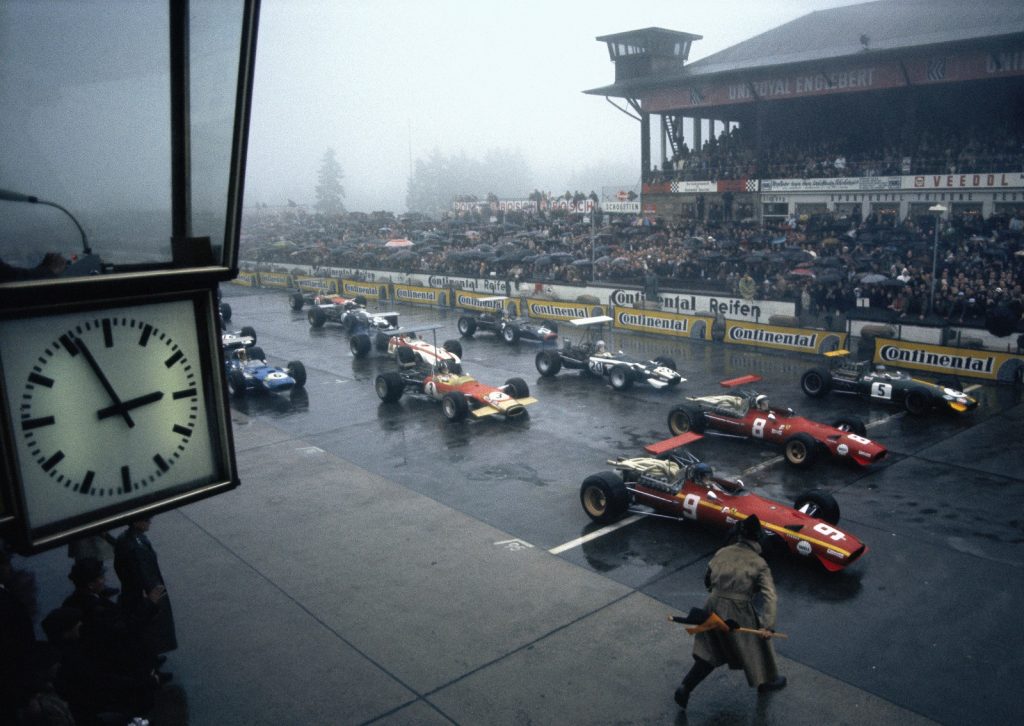
The idea of a new beginning would not have fazed Enzo, an autocratic perfectionist and a champion of workplace psychological warfare who pitted drivers against one another in search of more speed, more glory.
He was a risk taker, and more often than not, those risks paid off – less so towards the end of his life. What would have stung him was the harsh words.
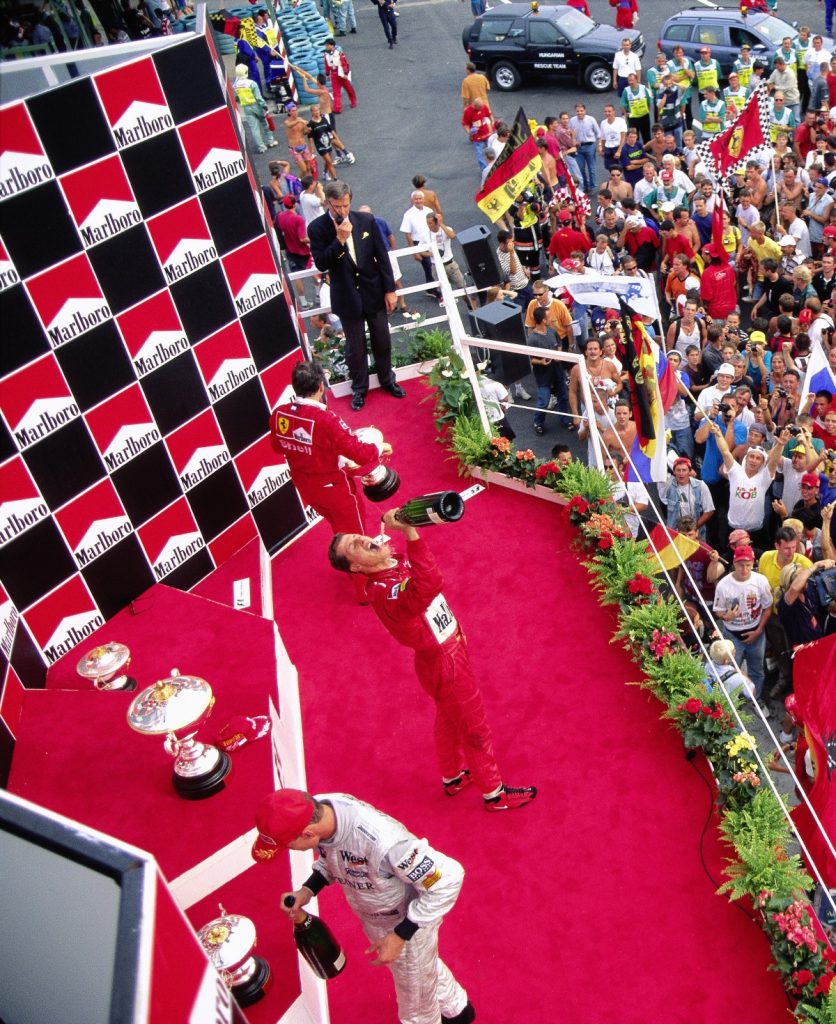
“For Enzo, the thing that mattered most was Ferrari,” writes Colombo. “The company, the brand, it was above everything else. When someone made a criticism, he used to say, ‘Ferrari is Ferrari. And no one touches Ferrari’. In other words, Ferrari is above all criticisms, it is above all arguments… it is above everything.”
Ferrari from Inside and Outside, Photographed by Ercole Colombo and Rainer Schlegelmilch is published by ACC Art Books


